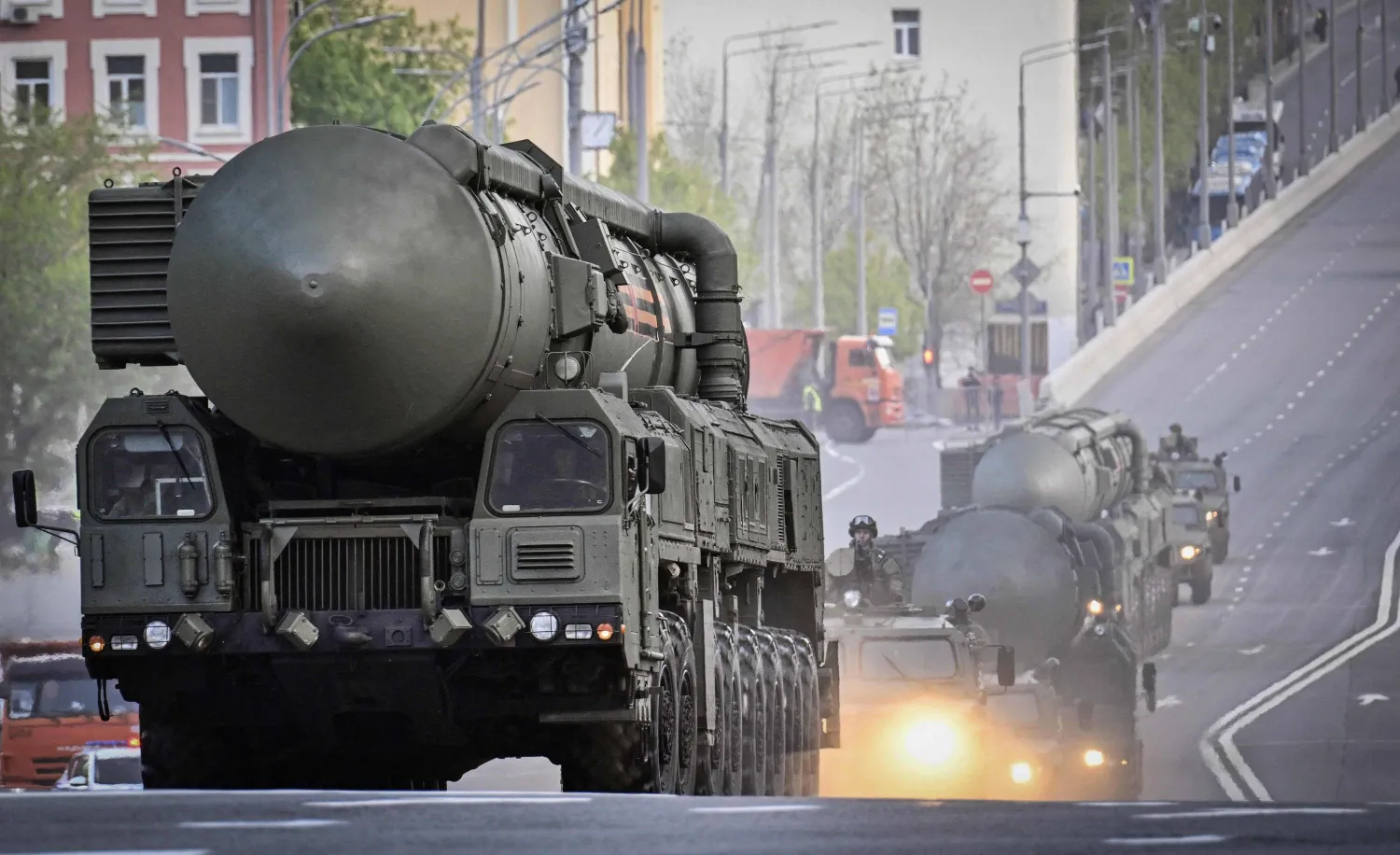Since the start of the Gaza conflict following Hamas’ attack on Israel on October 7, Iran has been visibly involved in the regional crisis. This involvement spans its support for allied militant groups in Iraq, Syria, Lebanon and Yemen, as well as political, diplomatic and military actions under President Ebrahim Raisi.
Two hundred days into the war on Gaza, tensions between Tel Aviv and Tehran have intensified. This escalation signals a shift from years of a shadow Iranian-Israeli conflict towards a potentially direct confrontation, primarily driven by Iran.
In the early days of the war, Iranian officials hinted at their ability to escalate the conflict and confront Israel by unifying fronts if Gaza continued to be targeted. This was seen as a political maneuver.
While Iran implied involvement in the confrontation, Western reports, especially American ones, differed on Iran’s role in Hamas’ Oct. 7 Al-Aqsa Flood Operation that sparked the war.
In the blame game and attempts to involve international parties, based on Israeli sources, some Western newspapers accused Iran of orchestrating the attack. On the other hand, media outlets and agencies turned to Iranian sources to challenge the Israeli narrative.
As Iran tried to leverage Israel’s surprise over the Al-Aqsa Flood, Iranian Revolutionary Guard leaders sent a strong message. They mentioned Iran’s motives for the attack, including revenge for Quds Force commander Qassem Soleimani’s killing in a US strike in early 2020. Yet, Iran swiftly denied any direct link to Hamas’ attack to avoid upsetting the delicate balances it has achieved in the region.
Diplomatic moves
Iran has been quick to amp up its regional diplomacy under Raisi, aiming to improve ties with neighboring countries and counter its international isolation, especially after the Ukraine conflict complicated efforts to revive its nuclear deal with Western powers.
Foreign Minister Hossein Amir-Abdollahian’s recent statement at Tehran University, suggesting that Iran must be consulted for any Palestine agreement, has meanwhile raised eyebrows.
Abdollahian’s visits to Jeddah, Geneva, and New York for Palestine-related conferences have sparked questions in Iranian media about the authorities’ delayed actions on pressing domestic issues, including nuclear negotiations to lift US sanctions.
However, the aftermath of the war has somewhat eased Western pressure on Iran’s nuclear program, with Western powers avoiding turning to the UN Security Council or issuing condemnations of Iran because they don’t want to deepen the crisis with Tehran amid the Gaza conflict.
Iran has highlighted its ties to powers around Israel while pursuing diplomacy. It continues to support Hamas and the Islamic Jihad, with top Iranian officials, like the foreign minister, visiting Doha, Beirut, and Damascus to coordinate with the two groups.
Iran also backs armed groups linked to Tehran, such as Lebanese Hezbollah, the Houthi militias in Yemen and Iraqi armed factions.
The Iranians see the Gaza war as the greatest evidence of coordination between diplomacy and field activities by the Revolutionary Guard and allied groups. However, Tehran officially denies direct involvement in decisions or operations of these groups, though it still supports their actions.
Maritime developments
In early November, Iranian Supreme Leader Ali Khamenei called for disrupting Israel’s key supply routes by blocking maritime access for energy, food and trade.
Following his statement, the Houthi militias in Yemen began attacking commercial ships in the Red Sea.
These attacks sparked renewed tensions at sea. The US and UK responded with strikes on Houthi positions to deter further assaults. Meanwhile, Western and regional powers formed maritime alliances to safeguard navigation routes.
The Revolutionary Guard further heightened tensions by announcing Iranian naval escorts to the Red Sea and threatening to block key waterways like the Bab el-Mandeb and the Strait of Gibraltar, as well as disrupting navigation in the Mediterranean.
They also formed a “Naval Basij” unit comprising maritime units of groups loyal to Iran.
Israel strikes back
As tensions rose in the Red Sea and Iran-aligned factions targeted US forces, Israel launched two precise airstrikes in December. The first, in Damascus on December 2 killed two Revolutionary Guard officers: Brigadier Generals Panah Taghizadeh and Mohammad-Ali Ataie Shourcheh.
They were reportedly killed during “advisory operations” at a military base in the Sayyida Zainab area.
On December 25, Razi Mousavi, the logistics chief for the Revolutionary Guard in Syria and Lebanon, was killed in an Israeli airstrike on his home in the Sayyida Zainab area. The strike came shortly after he left his office at the Iranian embassy compound.
The third strike occurred in the Mazzeh area on January 20, killing Brig. Gen. Hojjatollah Amidwar, the Revolutionary Guard’s intelligence chief in Syria, and four other Iranian officers.
Later, the Revolutionary Guard reported the deaths of three more officers in separate operations in Damascus, Homs and Deir Ezzor between February and March.
Losses and heightened tensions
As tensions rose, Damascus saw the deadliest blow to Iran’s Revolutionary Guard in the ongoing power struggle between Tehran and Tel Aviv.
The Iranian consulate in Mazzeh was struck, killing Brig. Gen. Mohammad Reza Zahedi, commander of the Revolutionary Guard forces in Syria and Lebanon, along with Hezbollah’s advisory council member and five other senior Guard officers.
Iran promised retaliation, sparking intense speculation, and Khamenei declared the consulate Iranian soil and pledged a response.
Israel remained quiet after all the attacks, while Iran launched over 300 missiles and drones two weeks later. Israel claimed to have intercepted most.
Khamenei stated Iran aimed to show its power.
In response, Israel threatened retaliation deep in Iranian territory. Western powers tried to discourage Israel, but it struck a military airport near Isfahan. Satellite images showed damage to the S-300 radar system protecting nuclear facilities.
The exchange continues, with its lessons likely to keep tensions high between Israel and Iran, even after the dust settles in the Gaza conflict.









